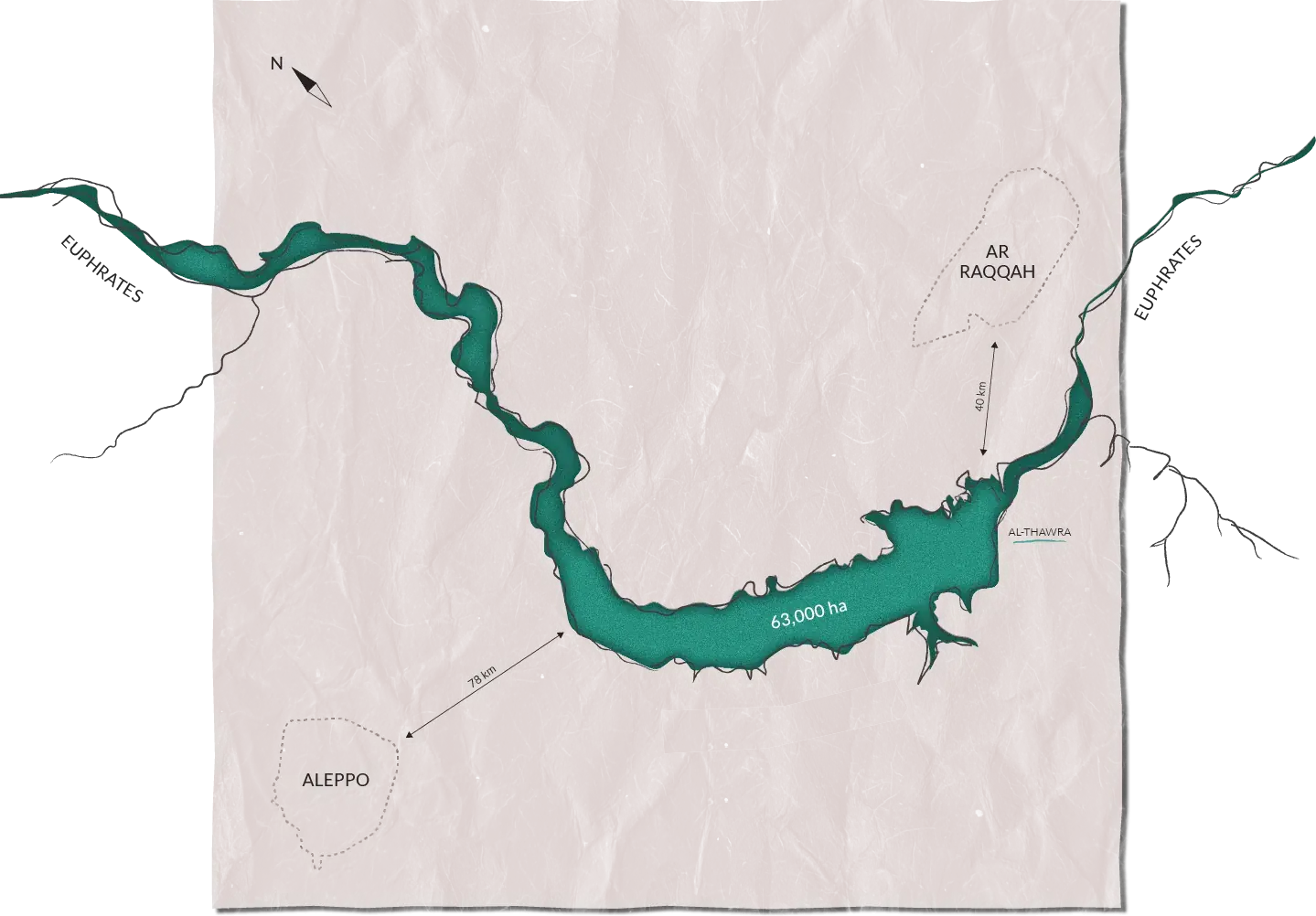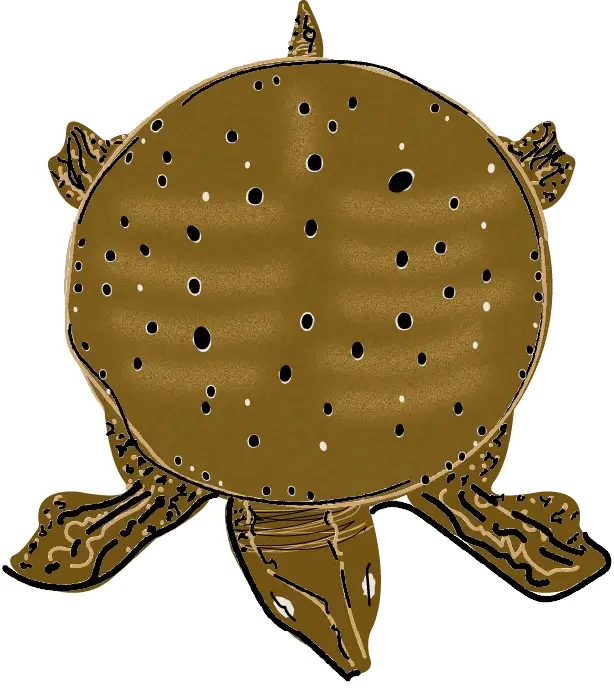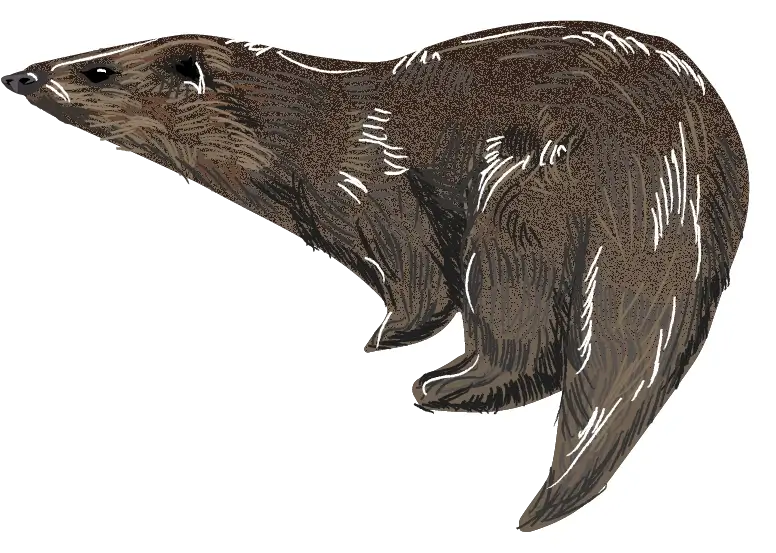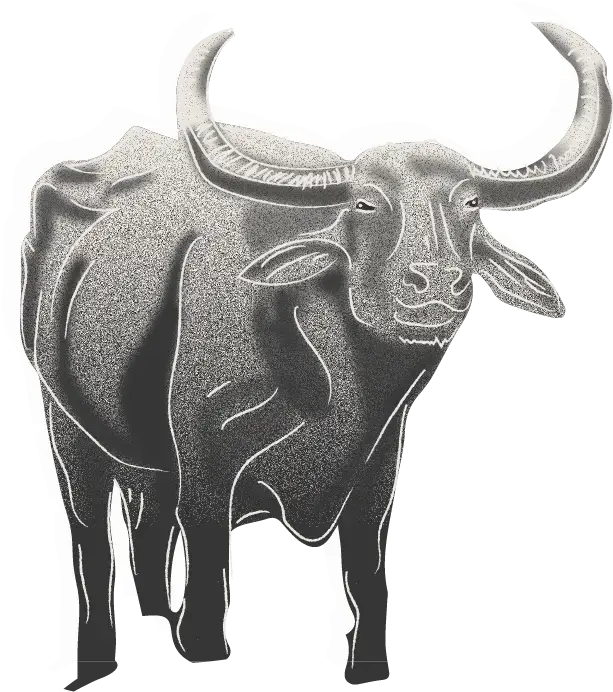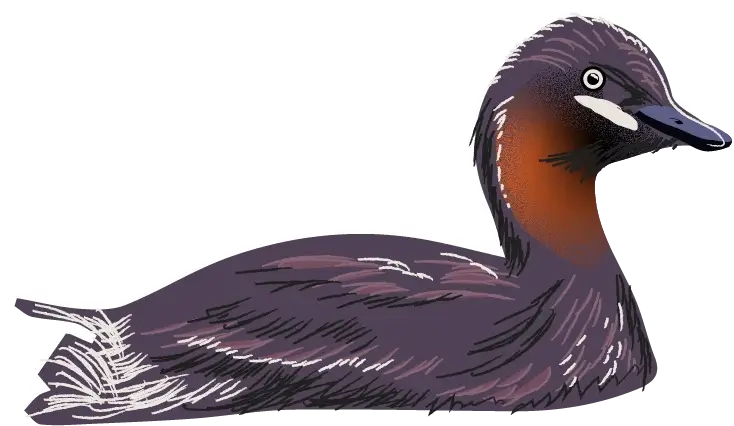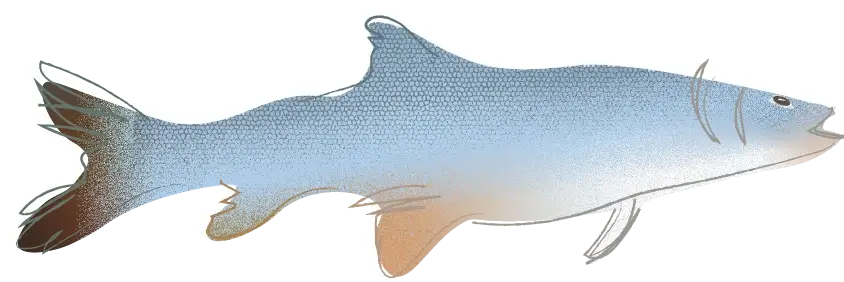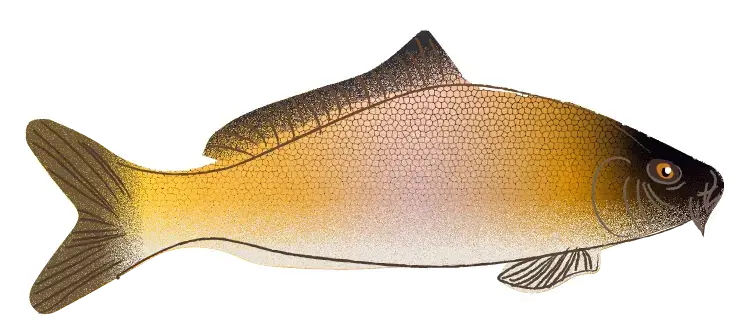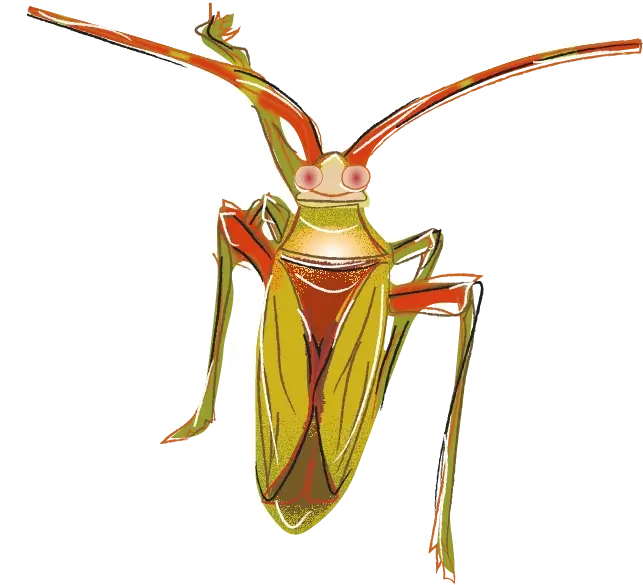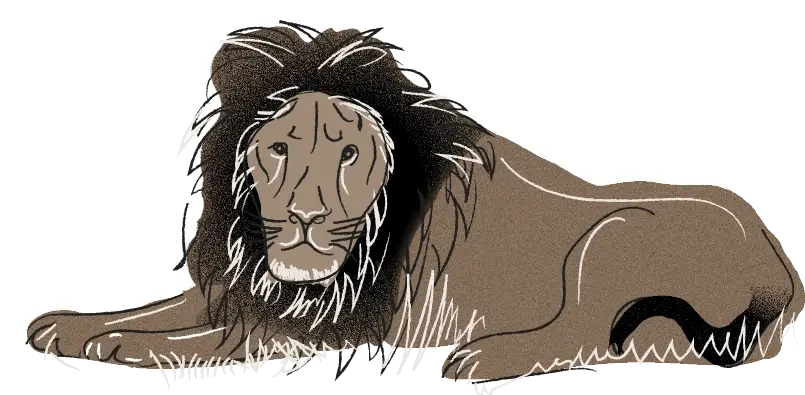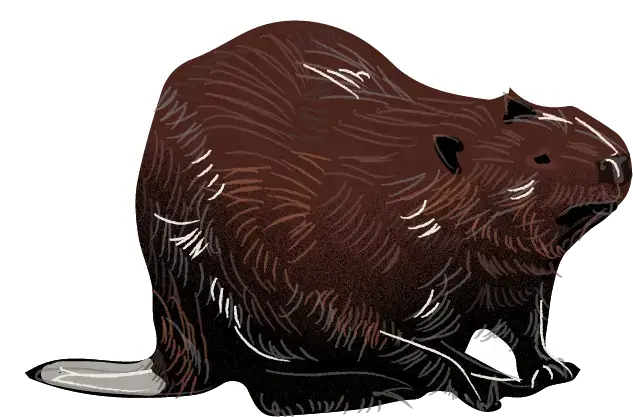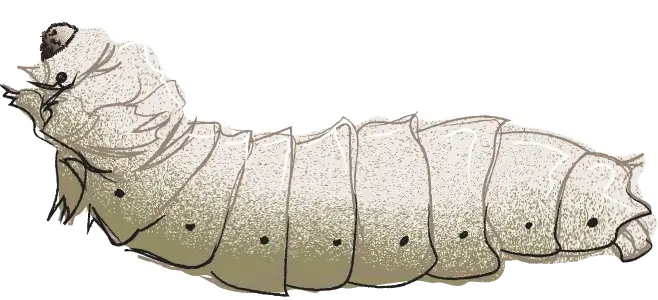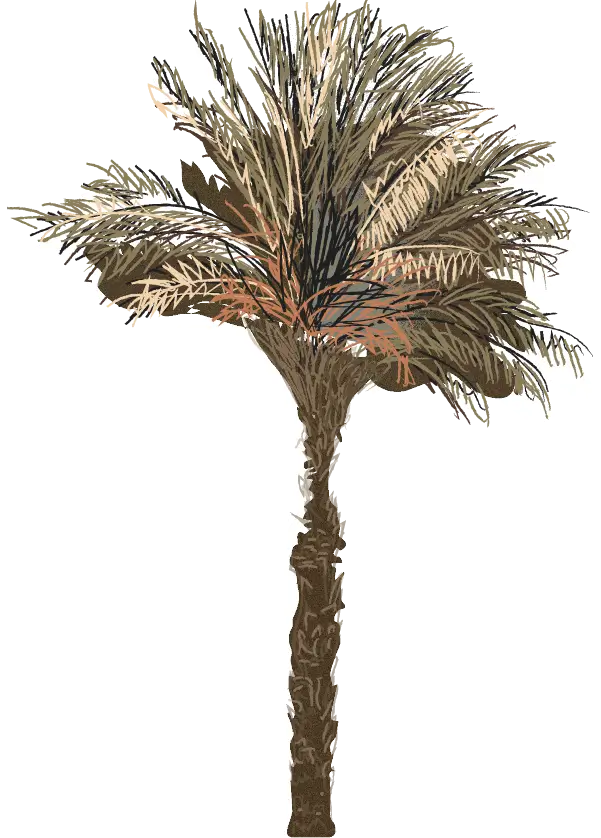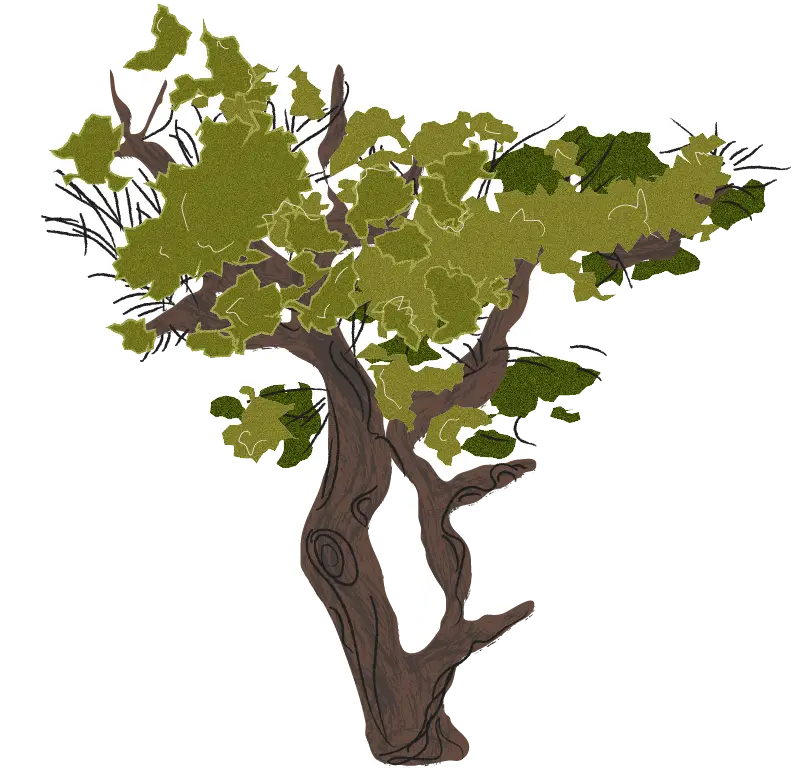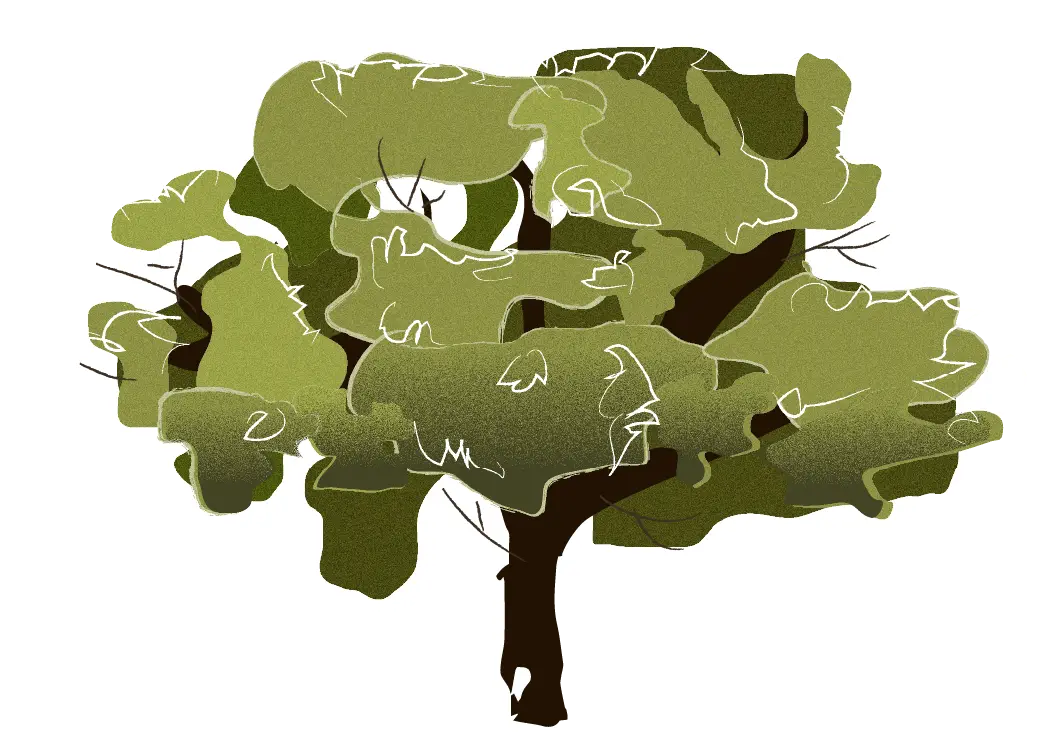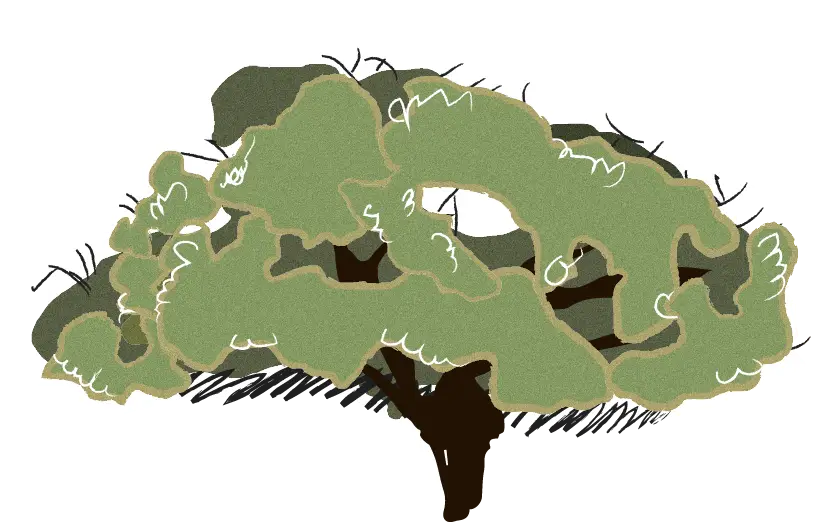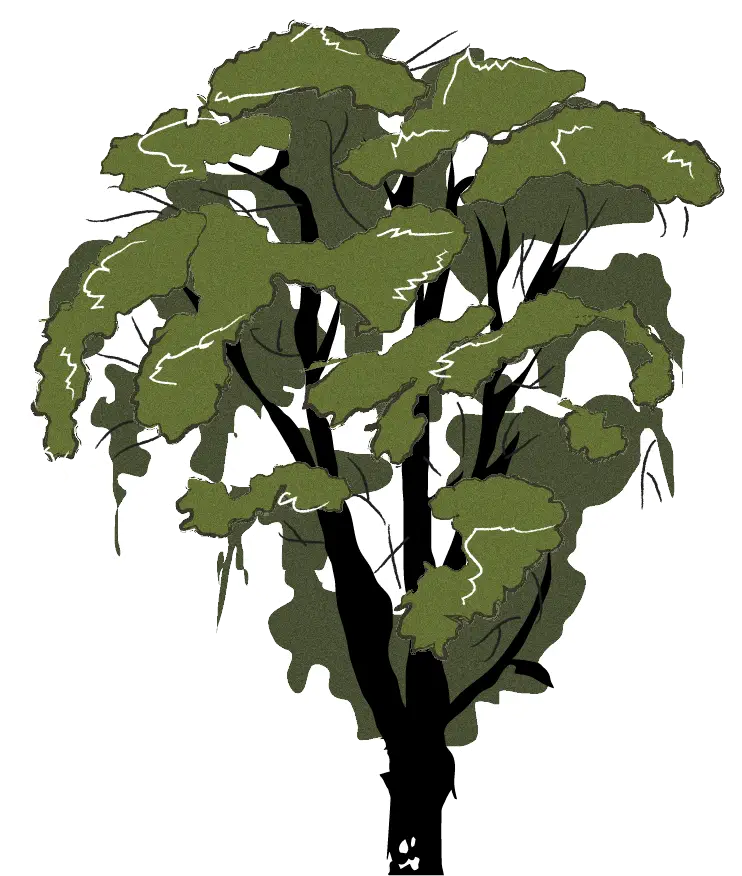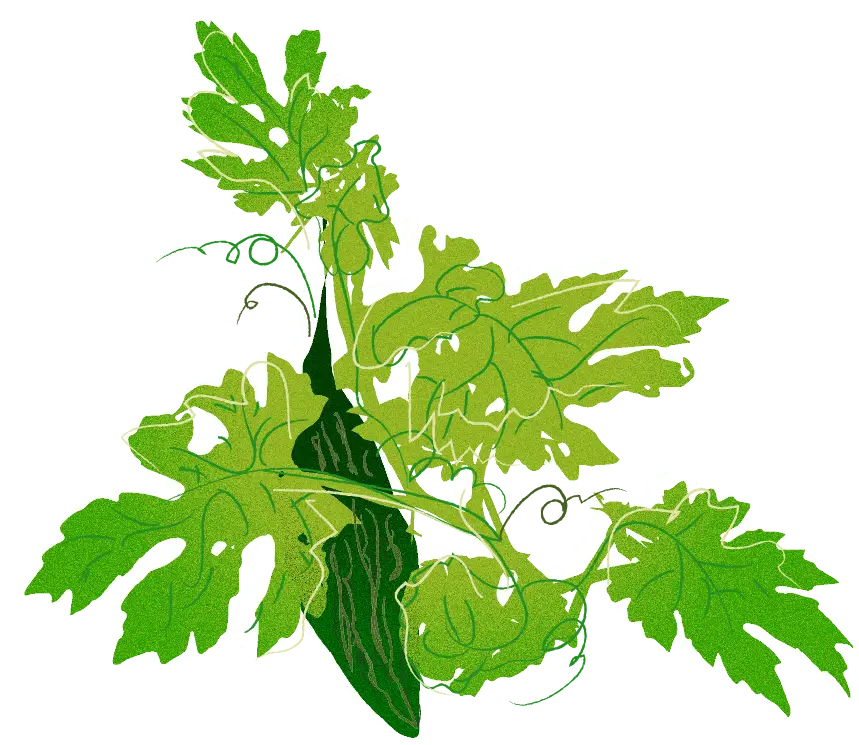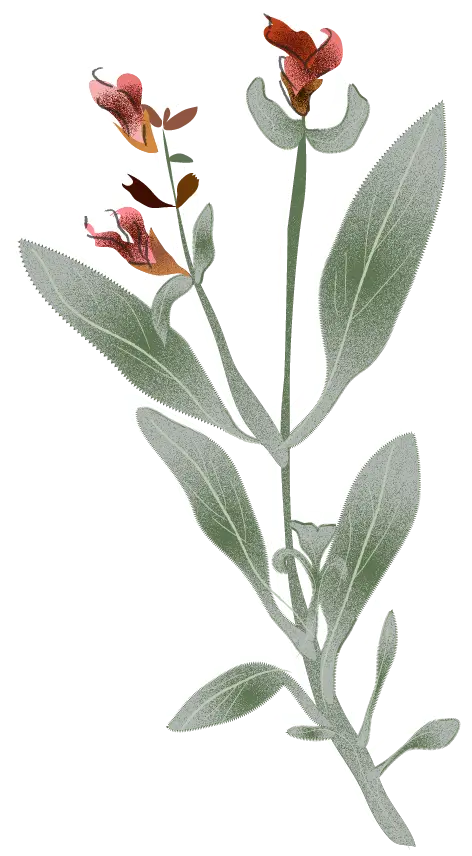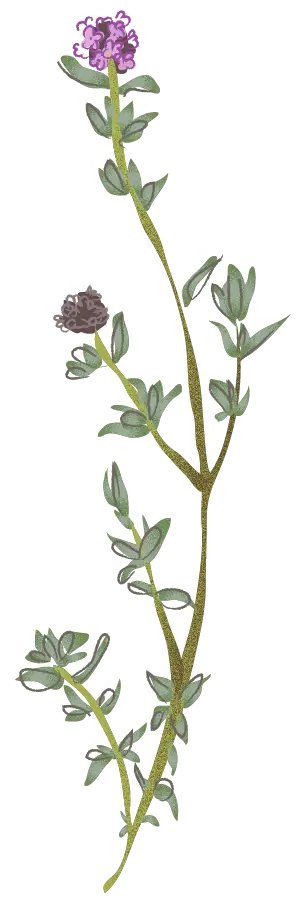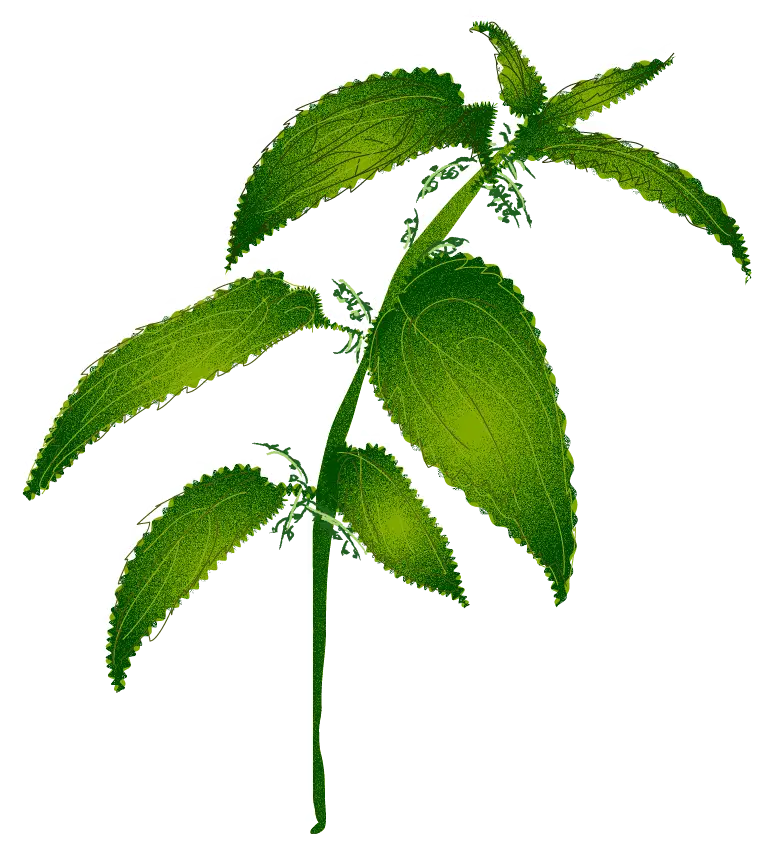.webp?alt=media&token=507ceda3-ec5d-4ff3-9eae-b906dc281637)
Concealed Ecosystems
River of secrets: The Euphrates' untold natural wealth
Published: 22 Mar, 2024
Story by UNDP Syria and Onewater

CONTEXT
Despite its ecological and historical importance, there have been very few biological studies along the Euphrates River. Particularly in Syria, much of the scientific research that was taking place had to stop due to the risk of conflict, resulting in a significant gap in overall understanding of the river's biodiversity.
When examining the International Union for the Conservation of Nature’s (IUCN) Red List of Threatened Species, this knowledge gap becomes clear. Several aquatic species have been accounted for:
However, the full extent of biodiversity in this area remains largely unknown. Indeed, it is likely that the number of threatened species is higher. Many species in the Euphrates are classified as 'Data Deficient' on the IUCN Red List as a result of a lack of studies.
The absence of comprehensive data prevents the accurate assessment of the conservation status of species living along the Euphrates, and therefore hinders the implementation of effective protective measures.

.webp?alt=media&token=2f957a3b-5329-40d0-84ca-4864d0cb69c9)


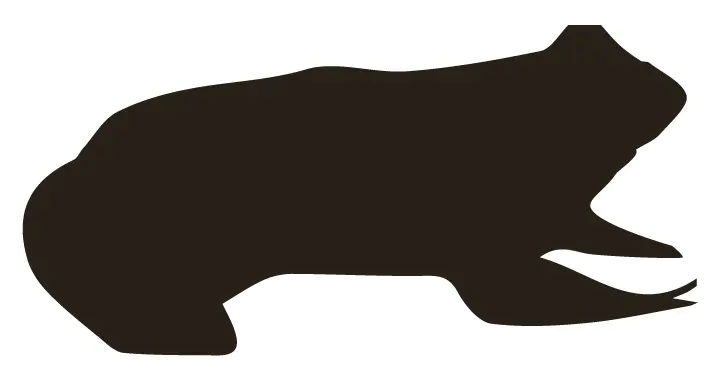

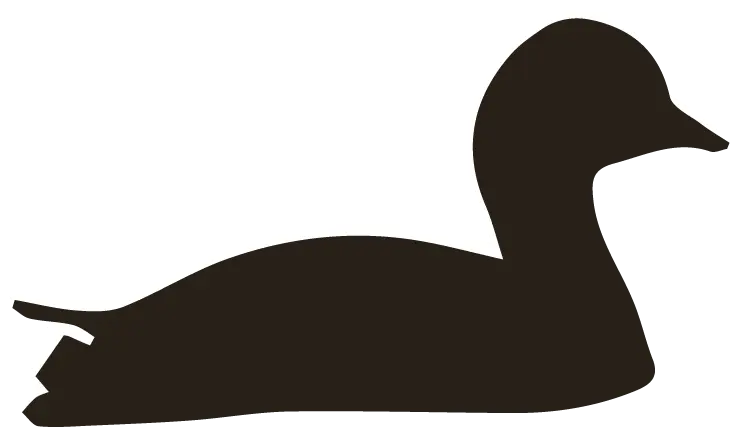

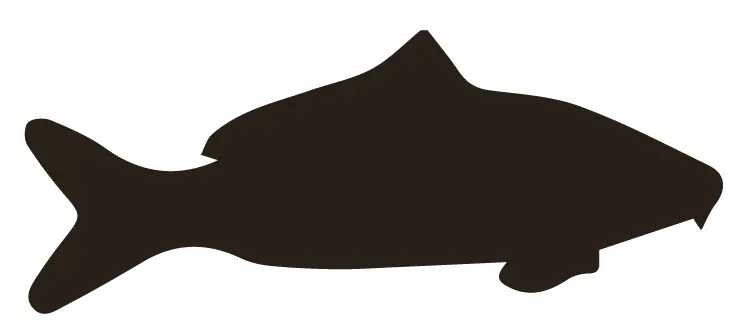
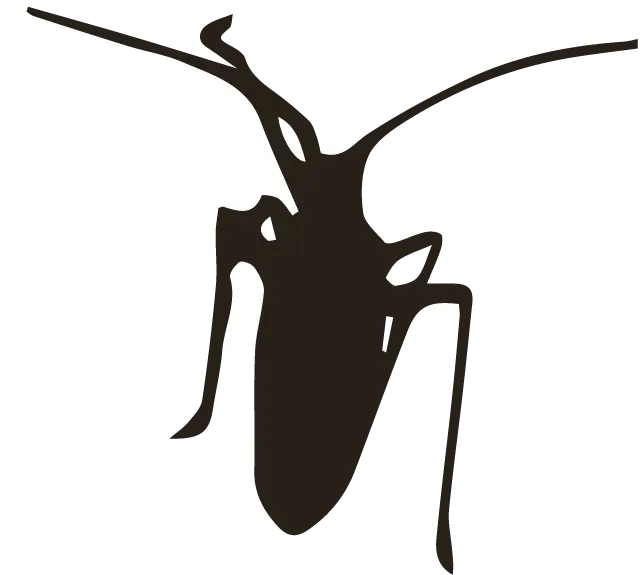



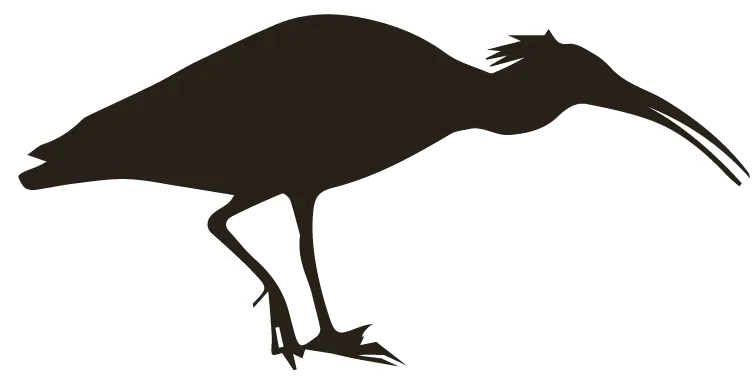


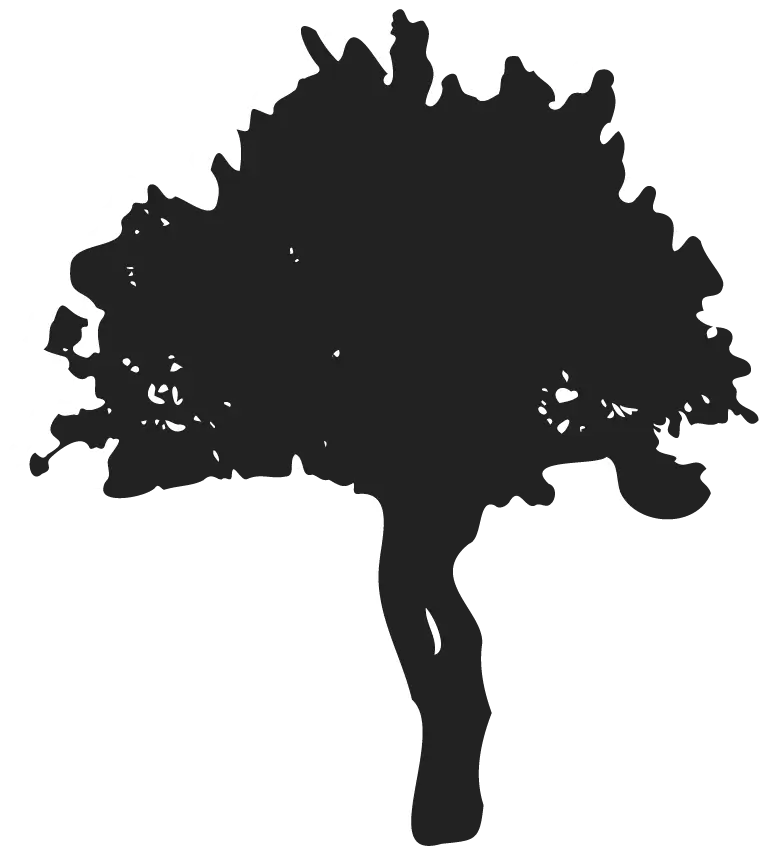
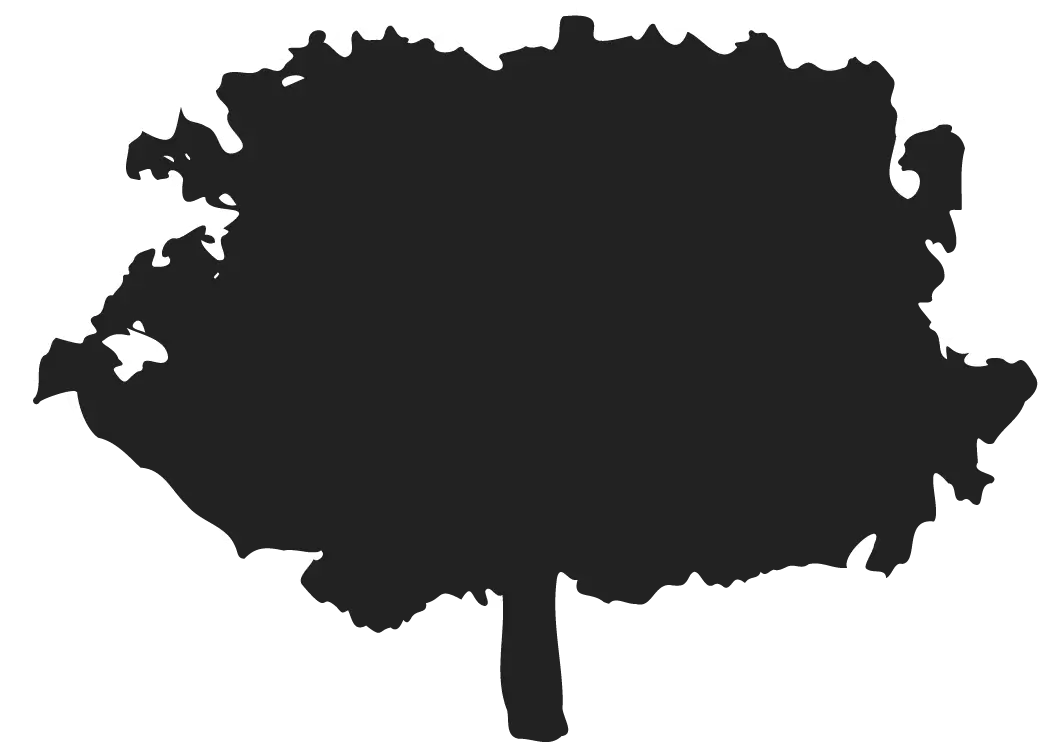
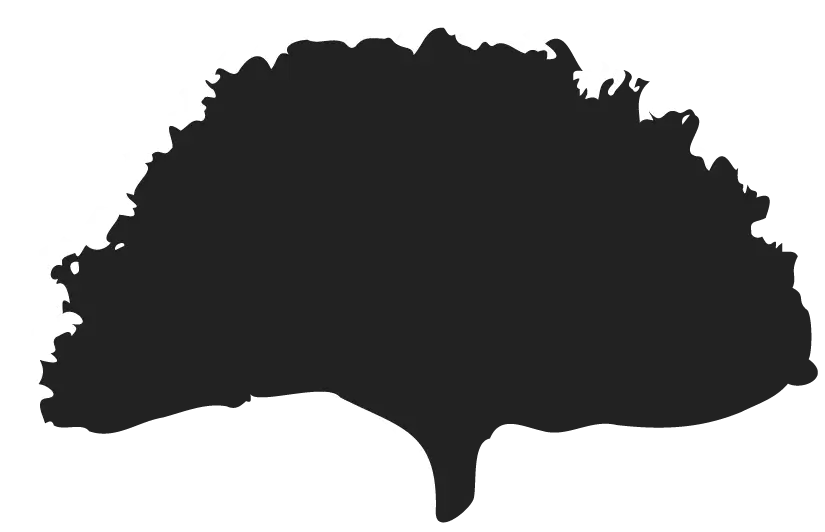

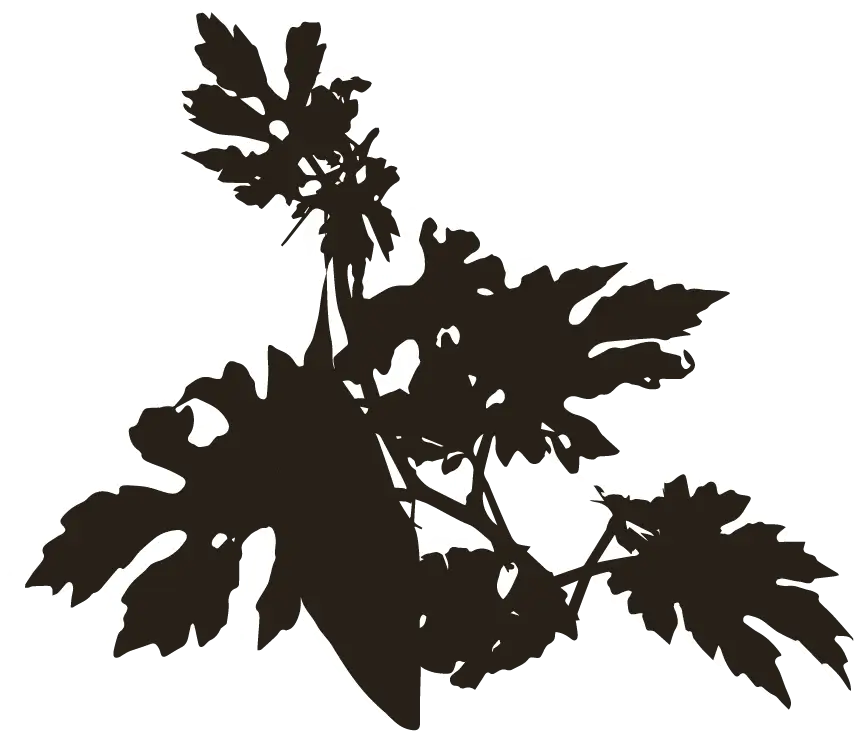



BIRDS
The Euphrates Valley is classified as an Important Bird Area (IBA), a designation it has earned by meeting internationally recognised criteria for the conservation of bird population. These criteria encompass various essential factors, such as the presence of threatened bird species, significant population sizes, and the valley's critical role in the lifecycle of these birds, including breeding, feeding, and migration activities.
Its IBA status is linked to the crucial role the Euphrates plays in the East African-West Asian Flyway, one of the planet's most crucial bird migration corridors. The Euphrates River serves as a key stopover point along the journey, offering abundant food, shelter, and an appropriate environment for breeding. It is estimated that nearly 280 different types of bird rest along the Euphrates during their journeys, including the endemic Basra Reed Warbler, Iraq Babbler and half of the world’s marbled teal population.
However, the East African-West Asian Flyway and its key sites (including the Euphrates) are now facing significant environmental challenges.
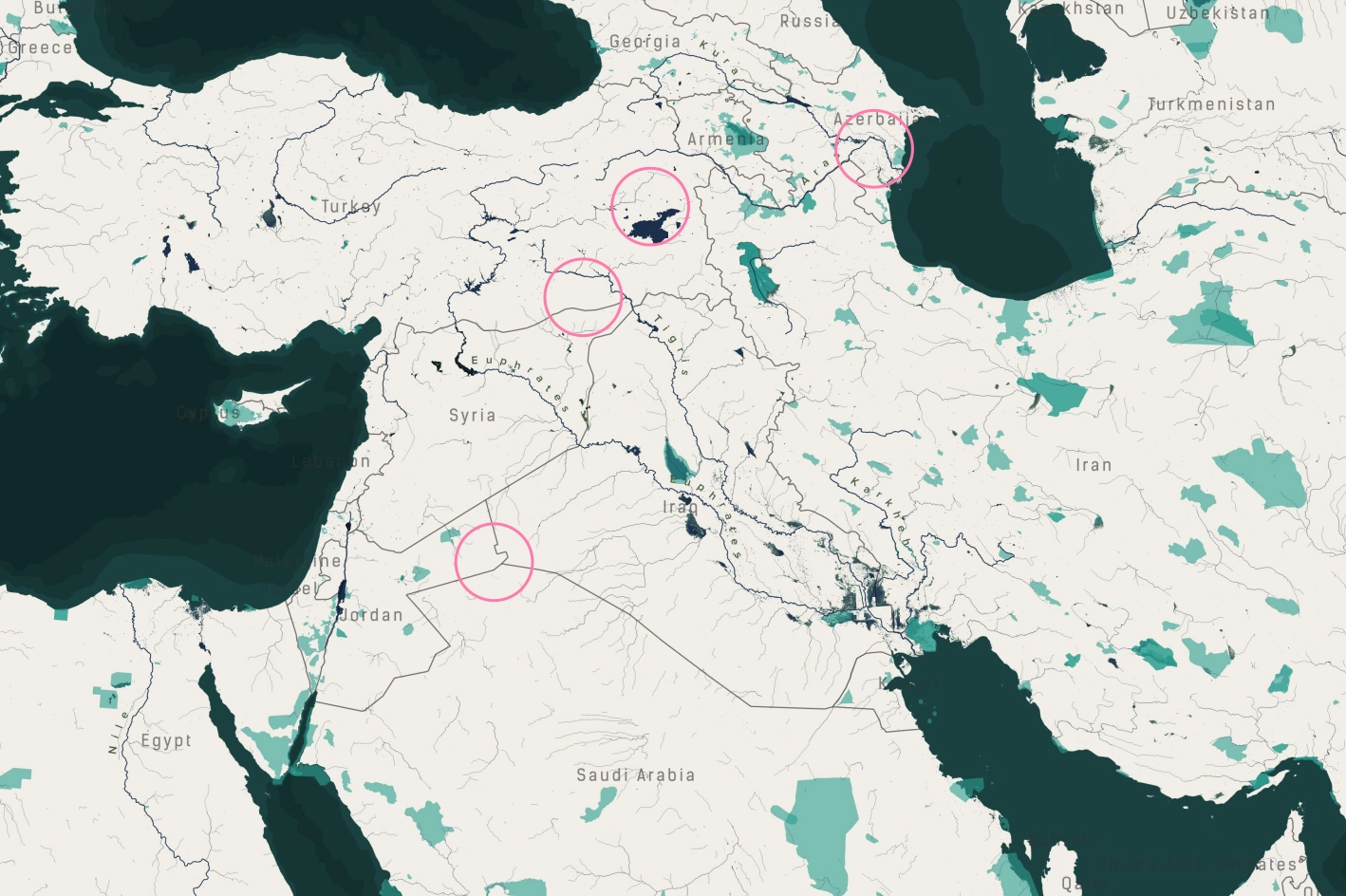

.webp?alt=media&token=f02e6c91-9f3c-4e10-94a8-3f50d91a0775)
CHALLENGES
Despite limited data, one thing is certain: the Euphrates region faces a range of challenges which threaten its biodiversity. Many of these challenges are interconnected and undermine the intricate web of relationships between flora, fauna and ecological processes in the area.
Climate change is leading to higher temperatures and shifting weather patterns, altering the region’s hydrological cycle. This, combined with the impacts of pollution and hydropower developments, means that sufficient amounts of high-quality water are becoming scarcer. Deforestation and conflict add additional layers of stress by directly harming organisms and degrading the quality of habitats.
These changes disrupt the delicate balance of ecosystems and cause shifts in species distribution and traditional migratory patterns. These disturbances place a great deal of stress on both aquatic and terrestrial species, particularly threatening the survival of those dependent on water-rich environments.
For example, the construction of dams has had diverse repercussions on species such as the Euphrates Softshell Turtle and various fish species. The interconnected nature of rivers also means that activities which take place upstream impact biodiversity downstream. For instance, upstream activities like agricultural practices, hydropower construction and a lack of water treatment pollution are affecting marshes and wetlands all along the river, including the Ahwar marshes, the largest inland delta system in the world and a UNESCO World Heritage Site.
LAKE EUPHRATES
The absence of comprehensive data prevents the accurate assessment of the conservation status of species living along the Euphrates, and therefore hinders the implementation of effective protective measures.
The lake's clear, oligotrophic waters stand in stark contrast to its sparse, arid surroundings, yet is rich with avian life. It serves as a crucial habitat for migratory birds, offering essential wintering grounds and roosting sites. Noteworthy for hosting large numbers of migrating wildfowl, Lake Euphrates attracts species such as the Greater White-fronted Goose, Common Shelduck, and Mallard (Anser albifrons, Tadorna tadorna, and Anas platyrhynchos, respectively) which feed on the adjacent steppes. Areas of particular interest for birdwatching and ecological research are the lake’s western bank and the southeastern corner. Then again, what value would the waters of Lake Euphrates provide downstream?
